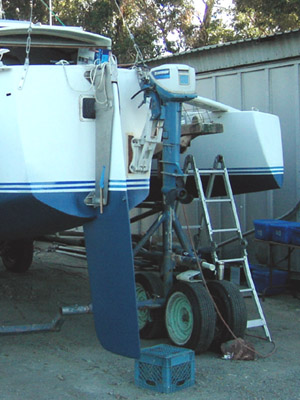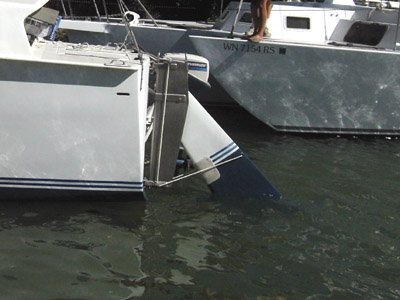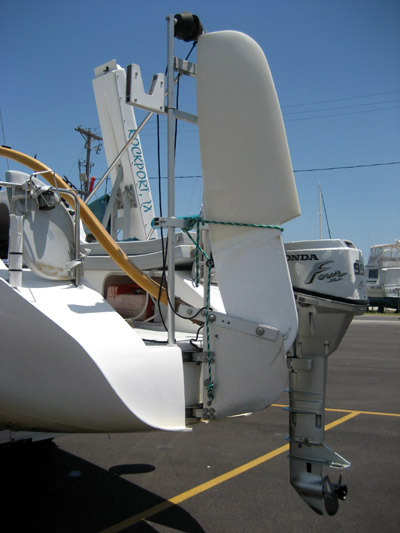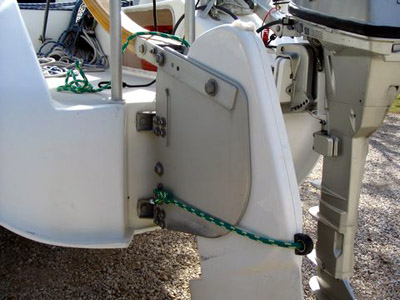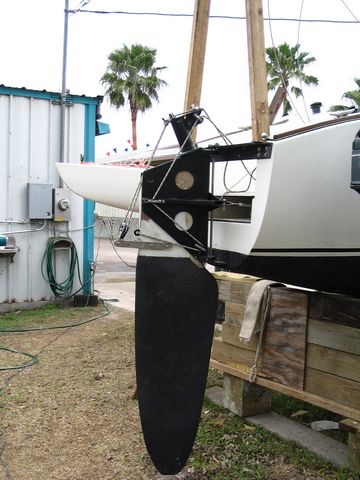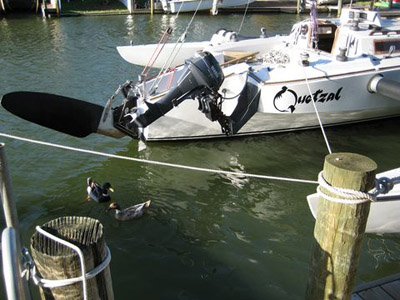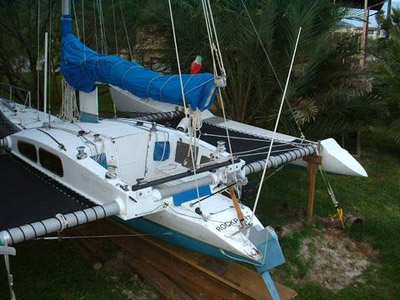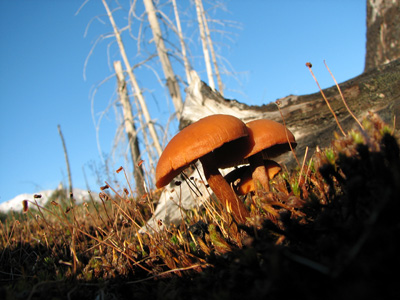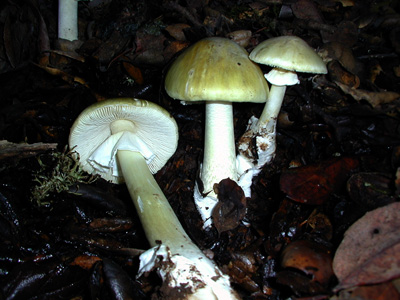Stormy
Monday, November 26th, 2007
[In lieu of some real foul weather, here’s a photo from Cape Foulweather on the Oregon coast. (800×600)]
We got up the other morning—or rather, I got up and Joshua followed three hours later—to the trees bashing against the side of the building and the windows sounding all ghost-mansion with the wind sucking in and out of the house. Outside was gray and the trees across the street were violently shedding the remainder of their fall leaves. Idly, I thought to just check the marine forecast because, well, wonder if it is windy out there if it’s windy over here. The offshore weather for N Oregon/S Washington was this: 45kt wind and increasing with gusts to 60, 25-foot seas with a 14-second period increasing to 30 feet later in the afternoon.
Oh my hell.
Not that small boat folk like us would be likely to be caught in such weather but it really drove home the fact that I was sitting comfortably (and still) in my robe on the couch with a cup of steaming coffee (decaf!) balanced precariously on the couch arm, and not freezing my ass off in my foulies on a lurching boat.
When I was growing up—well, actually always until getting on a boat—I always thought extreme weather was terribly exciting. Record freezes, heat waves, blustery wind, violent thunderstorms, even earthquakes… Clearly I led a very sedate life. I guess growing up in an area where extreme weather just did not really exist (non-coastal Oregon and Humboldt, but I always missed the really big earthquakes) made it all seem so exceptional and interesting.
All that changed of course the minute we started sailing. Suddenly wind was a two-timing, back-stabbing friend. You depended upon it and it could be brilliantly beautiful at times but there was a fine line between good and suddenly rather… unpleasant. That line was around 19 knots. (Or 29 knots if going downwind.) Of course other friends could gang up on you to make things difficult as well: wave height/period and temperature. If it was cold, that fine line hovered more around 9 knots for me. I have a low tolerance for unrelenting, damp, bone-crushingly cold wind. I know, such a wuss. They have yet to invent long underwear that would allow me to merrily cope with the above conditions. They have, however, invented duct tape, so at least any forced coping may be done without any bitter and vociferous complaints.
Naturally, we (cough, I) became neurotic weather checkers, never failing to listen to VHF weather in the US, then SSB and internet weather south of the US. No trips anywhere were ever planned without first convincing ourselves that the weather would not do anything… unpleasant. In hindsight, I feel we did pretty well, really, with only a couple unfortunate situations. At the time, of course, I was not a happy camper and Joshua was probably wishing we had duct tape on board.
Of course, the moment we landed in Texas, we stopped listening to the weather. A norther headed this way? “Ho hum.†Massive black flickering storms on the horizon? “Hey! Look at all that lightning!†A far cry from the liveaboard battlecry: “Batten the hatches and put the GPS in the pressure cooker!†Then we’d spring into action and neurotically pace the perimeter of the boat making sure everything was tied down. Afterwards, I would sit tensely below, gnawing at my cuticles and gazing up at the hatch counting seconds between flash and crash. If we were at sea, I tended to pester Joshua ala: “Tell me again the story about the little trimaran who didn’t get struck by lightning because it was MOVING…â€
There are a lot of differences between living at sea versus living on land, the more obvious include the following: industrial-strength plumbing vs. porta-potty, refrigeration vs. tepid beer, or dinette/nav. station/bed-all-in-one vs. hell, a whole ROOM for each of those things. It is perhaps the more subtle differences that really make all the difference. Like which way the wind is blowing.
And while I feel you are at the mercy of your surroundings no matter where you live, you take for granted a sense of control over them when you are a land-dweller (even if it is a false sense in many ways). At sea, you take it for granted that you don’t have any control over the surroundings and you simply learn to not fight it, to just move with it and pay attention to things. You learn to appreciate simple things, like a cold beer, calm weather, clear seas, and duct tape.

